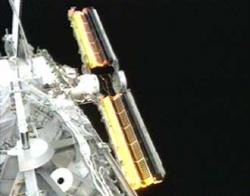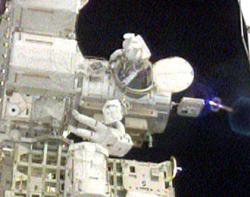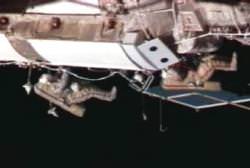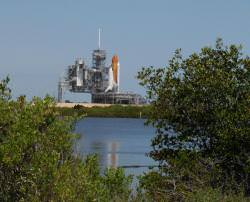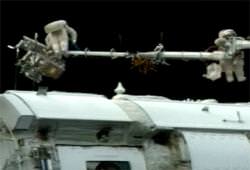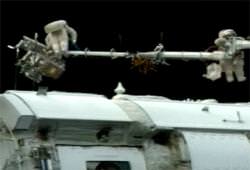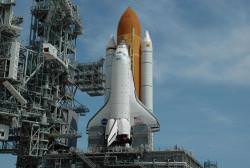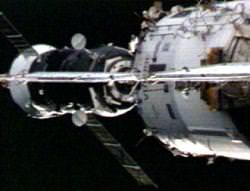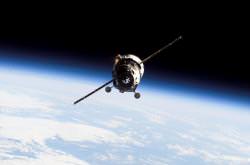Computers on board the International Space Station crashed this morning, shutting down its orientation, water and oxygen supply. The 10 astronauts on board both the station and the visiting space shuttle Atlantis are in no immediate risk, but the glitch could push back Atlantis’ mission a day or more.
The Russian-built computer controlling these services went down for unknown reasons over the night. Officials in the US and Russia think it might have been caused by something electrical, and not a computer software problem. Flight controllers in Moscow were able to regain partial communications with the computer, and some of their functionality was brought back online.
The crew got quite a scare for a few hours, though. A malfunctioning fire alarm went off in the Russian Zarya module, but there was no indication of fire or smoke in the module.
In the worst-case scenario, the three crewmembers of the space station will have to evacuate, returning to Earth early, but the station has a 56-day oxygen supply left, so there’s no panic.
Atlantis has been using its thrusters to keep the station oriented until the problem can be solved.
Original Source: NASA Status report


